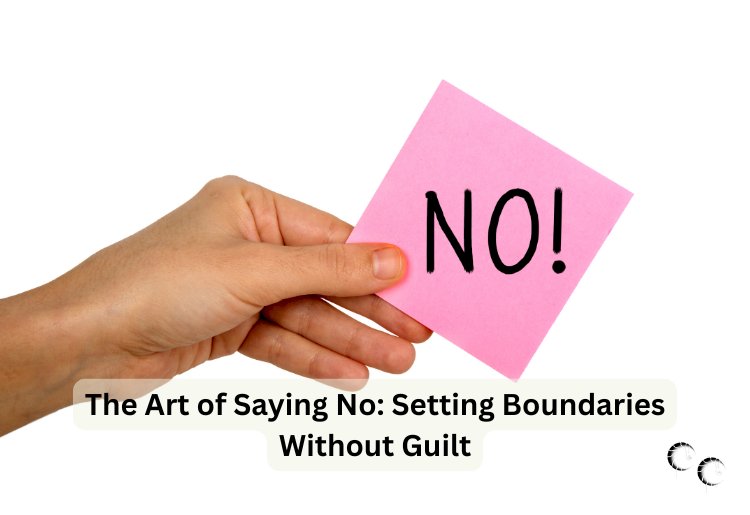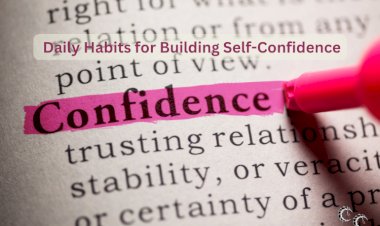The Art of Saying No: Setting Boundaries Without Guilt

Setting boundaries is a vital skill for protecting your mental health and well-being. Yet, many people struggle with the idea of saying no, fearing conflict or guilt. The good news is that you can assert your boundaries gracefully while still maintaining healthy relationships. Here’s how.
Why Setting Boundaries Matters
Boundaries are essential for maintaining balance and protecting your emotional and mental health.
- Prevents burnout: Overcommitting can leave you exhausted and resentful.
- Fosters respect: Clear boundaries teach others how to treat you.
- Supports self-care: Saying no creates space for your priorities and well-being.
Without boundaries, you risk spreading yourself too thin and losing sight of your own needs.
Understanding the Guilt of Saying No
Many people feel guilt when declining requests because they:
- Fear disappointing others.
- Worry about appearing selfish.
- Want to avoid conflict.
Recognizing that saying no is not selfish but a necessary act of self-respect can help alleviate these feelings.
How to Say No Gracefully
Saying no doesn’t have to be harsh or awkward. With the right approach, you can assert your boundaries while maintaining strong relationships.
1. Be Clear and Direct
Avoid ambiguous responses that leave room for misunderstanding.
- Example: “I appreciate you thinking of me, but I won’t be able to help this time.”
Clarity helps the other person understand your stance without feeling strung along.
2. Use “I” Statements
Frame your response in a way that reflects your feelings and needs.
- Example: “I don’t have the capacity to take this on right now.”
This approach minimizes the likelihood of sounding accusatory or dismissive.
3. Offer Alternatives (When Appropriate)
If you want to help but can’t meet the specific request, suggest other ways you might assist.
- Example: “I can’t join the committee, but I’m happy to recommend someone who might be interested.”
This shows your willingness to contribute without compromising your limits.
4. Practice Empathy
Acknowledge the other person’s feelings while still holding firm to your boundary.
- Example: “I understand how important this is to you, and I wish I could help, but I can’t commit at this time.”
Empathy demonstrates that you value the relationship, even when you have to decline.
5. Stay Firm
Some people may push back when you say no. Stand your ground with confidence.
- Repeat your decision calmly if necessary: “I’ve given it a lot of thought, and I’m unable to say yes.”
Firmness reinforces your boundaries while avoiding unnecessary justifications.
Tips for Setting Healthy Boundaries
- Reflect on your limits: Understand what you can and can’t handle.
- Practice self-compassion: Remind yourself that it’s okay to prioritize your well-being.
- Start small: Practice saying no in low-stakes situations to build confidence.
- Communicate early: Set expectations before commitments become assumptions.
Conclusion
Saying no is not an act of rejection—it’s an act of self-respect. By setting boundaries with kindness and clarity, you can protect your energy, maintain your priorities, and nurture relationships that respect your limits. Boundaries empower you to show up as your best self for the things that truly matter.




























